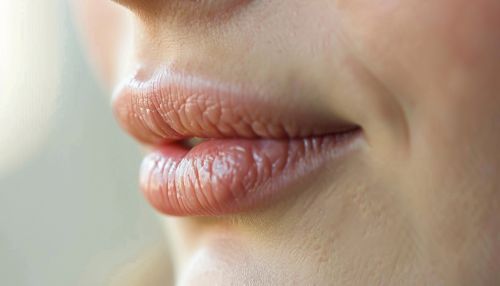Russian phonetics
Introduction
Russian phonetics, a branch of phonetics, is the study of the physical sounds (or phonemes) of the Russian language. It involves the investigation of the articulatory and acoustic properties of the sounds of speech, as well as how these sounds function in the language system.
Consonants
Russian has a rich system of consonants, with 36 in total. These can be categorized into several groups: plosives, fricatives, affricates, nasals, liquids, and glides. Each of these groups has its own set of articulatory features and phonetic properties.
Plosives
Plosives in Russian are produced by completely blocking the airflow in the vocal tract and then releasing it. There are six plosive consonants in Russian: /p/, /b/, /t/, /d/, /k/, /g/.
Fricatives
Fricatives are produced by partially blocking the airflow, creating a turbulent sound. Russian has nine fricative consonants: /f/, /v/, /s/, /z/, /ʂ/, /ʐ/, /x/, /ɣ/, /h/.
Affricates
Affricates are complex consonants that begin as plosives but release as fricatives. Russian has two affricates: /t͡ʃ/ and /d͡ʒ/.
Nasals
Nasals are produced by blocking the airflow in the oral cavity and allowing it to escape through the nose. Russian has two nasal consonants: /m/ and /n/.
Liquids
Liquids are produced with a partial closure in the vocal tract, allowing the airflow to escape around the sides of the tongue. Russian has two liquid consonants: /l/ and /r/.
Glides
Glides, also known as semi-vowels, are produced with a relatively open vocal tract. Russian has two glides: /j/ and /w/.
Vowels
Russian has six vowels, which can be categorized into two groups: front and back vowels. Each group has its own set of articulatory features and phonetic properties.
Front Vowels
Front vowels are produced with the highest part of the tongue positioned towards the front of the oral cavity. Russian has three front vowels: /i/, /e/, /æ/.
Back Vowels
Back vowels are produced with the highest part of the tongue positioned towards the back of the oral cavity. Russian has three back vowels: /u/, /o/, /a/.
Phonotactics
Phonotactics is the study of the rules governing the possible phoneme sequences in a language. Russian phonotactics is characterized by a complex system of consonant clusters, vowel reduction, and stress patterns.
Prosody
Prosody in Russian involves the study of intonation, stress, and rhythm. These elements play a crucial role in conveying meaning and emotion in speech.
Conclusion
Understanding Russian phonetics is essential for anyone learning or studying the language. It provides the foundation for accurate pronunciation and comprehension, and can also offer insights into the structure and history of the language.


